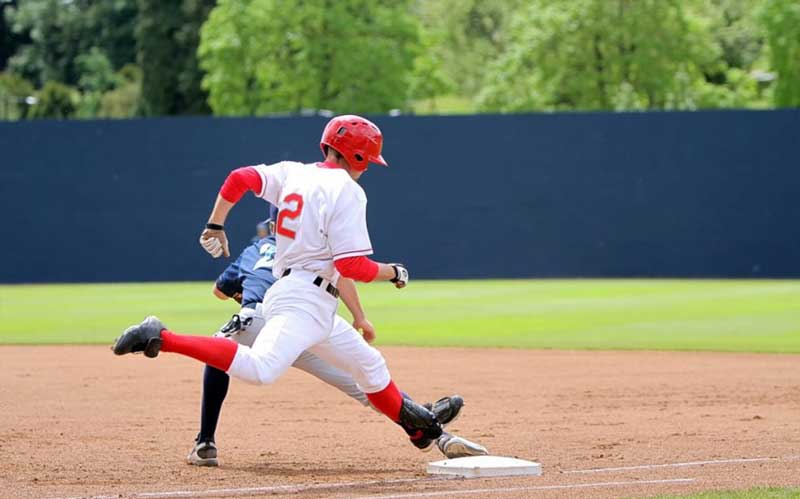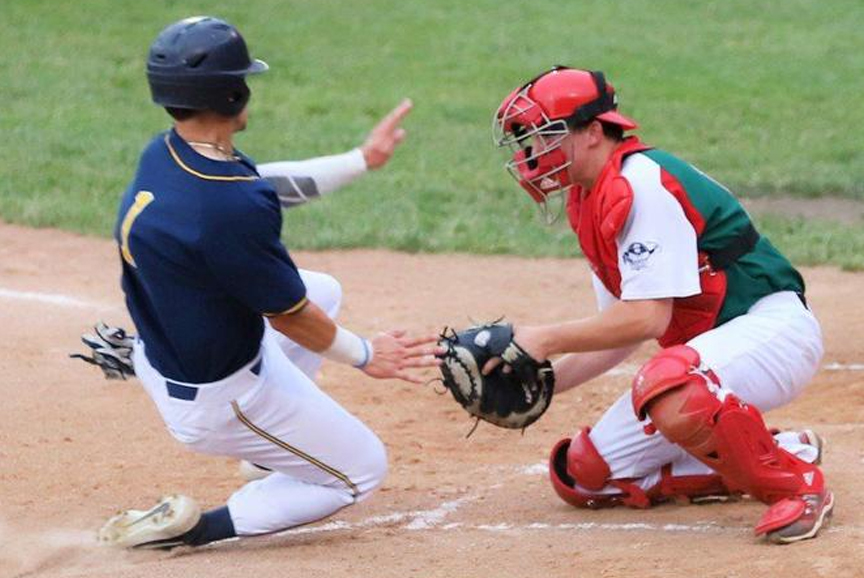In baseball, the shortstop position is traditionally known for its defensive prowess, agility, and leadership on the field. However, modern baseball has evolved to include offensive contributions from shortstops, making it a dynamic and multifaceted position. To turn shortstop into a power position, let’s explore some offensive tips and strategies tailored for shortstops.
1. Consistency Is Key
Plate Discipline: Develop good plate discipline. Shortstops need to be patient hitters who can work counts, draw walks, and avoid swinging at bad pitches.
Contact Hitting: Focus on making solid contact with the ball. Shortstops should be able to hit to all fields and consistently put the ball in play.
2. Developing Power
Strength Training: Incorporate strength training into your offseason regimen to improve bat speed and power. While shortstops don’t need to hit for the same power as corner infielders or outfielders, a little extra pop in your bat can make a big difference.
Bat Selection: Choose a bat that suits your hitting style and preferences. While a lighter bat may help with bat speed, a slightly heavier bat can provide more power.
3. Speed and Base Running

Stolen Bases: Shortstops often possess above-average speed. Utilize your speed to become a threat on the basepaths, stealing bases and taking extra bases on hits.
Smart Baserunning: Focus on smart baserunning. Know when to take risks and when to play it safe. Shortstops should be adept at reading outfielders’ arms and making quick decisions.
4. Embrace Versatility
Switch Hitting: Consider switch hitting if you have the ability. Being able to hit from both sides of the plate adds a valuable dimension to your offensive game.
Adapt to the Situation: Shortstops should adapt their hitting approach based on the game situation. Sometimes a sacrifice bunt or hit-and-run play can be more valuable than swinging for the fences.
5. Mental Toughness
Confidence: Believe in your hitting ability. Confidence at the plate can make a significant difference in your performance.
Learning from At-Bats: Analyze your at-bats and learn from each one. Recognize patterns in the pitches you see and adjust your approach accordingly.
6. Study Opposing Pitchers
Scouting Reports: Study scouting reports on opposing pitchers. Knowing their pitch repertoire, tendencies, and weaknesses can give you an edge at the plate.
Pitch Recognition: Work on pitch recognition. Shortstops should be able to identify pitches early to make informed decisions at the plate.
7. Two-Way Threat

Balance Defense and Offense: Find a balance between your defensive responsibilities and offensive contributions. Shortstops must remain agile in the field while maintaining offensive consistency.
Set the Tone: As a shortstop, you often bat near the top of the lineup. Your offensive success can set the tone for the team, so approach each at-bat with focus and determination.
8. Continuous Improvement
Practice and Repetition: Regular batting practice and hitting drills are essential for improvement. Work on specific aspects of your swing, such as timing, load, and follow-through.
Seek Coaching: Don’t hesitate to seek guidance from hitting coaches who can provide insights and strategies to enhance your offensive game.
By embracing these offensive tips and strategies, shortstops can transform their position into a power-packed role on the baseball field. Remember that becoming an effective offensive shortstop takes time, practice, and a commitment to continuous improvement. Whether you’re a young player aspiring to make an impact or an experienced shortstop looking to enhance your offensive capabilities, the pursuit of offensive excellence can elevate your game and contribute to your team’s success.
